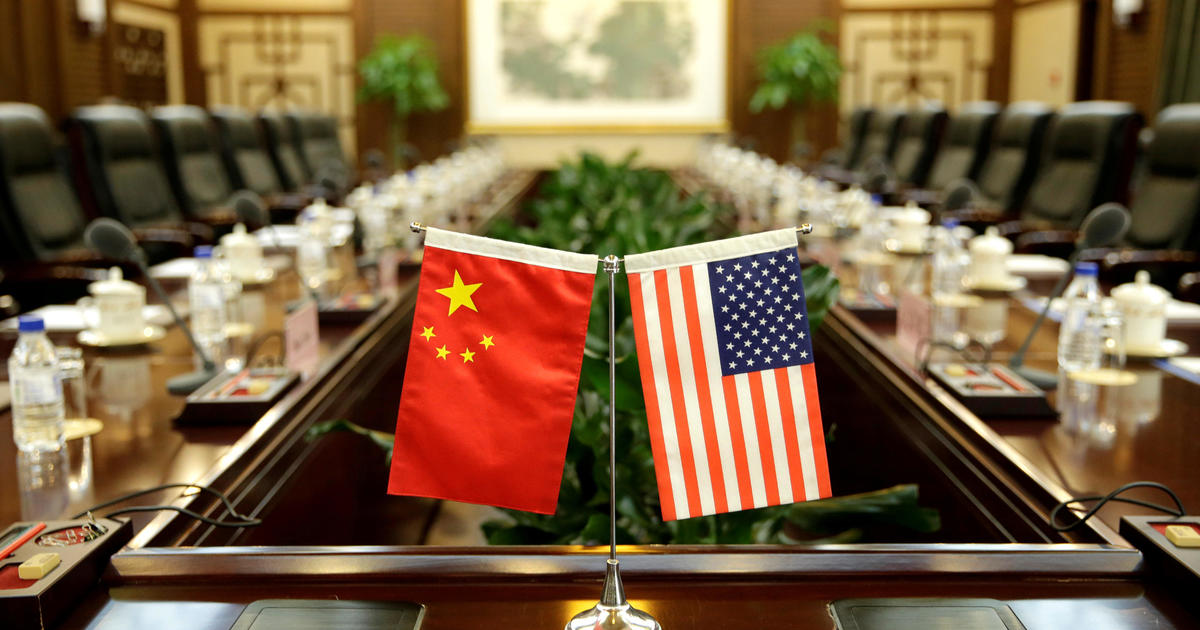
China responded to U.S. tariffs announced Friday morning with a promise to impose reciprocal levies on a range of American products, including agricultural products, cars and seafood.
Some 545 U.S. goods worth $50 billion will be subject to 25 percent tariffs, the Wall Street Journal reported, citing China’s state council. Tariffs on $34 billion of goods will take effect from July 6, according to Reuters. Other tariffs will be announced at a later date.
After the White House said it would slap a 25 percent tariff on 1,100 Chinese imports, China’s foreign ministry accused the U.S. of flip-flopping and vowed to retaliate in kind. It also said that earlier commitments made on trade were now off the table. China last month promised to buy substantially more goods from the U.S. in order to narrow the trade deficit between the two countries.
“China and the U.S. have conducted several rounds of negotiations in an attempt to resolve our differences and achieve win-win results,” a spokesperson for China’s foreign ministry said on Friday. “We deeply regret that the United States has disregarded the consensus it has formed and flip-flopped, provoking a trade war.”
“We will immediately introduce taxation measures of the same scale and with the same intensity,” the country’s commerce ministry said. All the economic and trade achievements previously negotiated by the two parties will become invalid.”
U.S. ratchets up trade fight
The United States Trade Representative on Friday released a list of $50 billion in Chinese imports that would face tariffs. Levies are scheduled to take effect for roughly 800 of those products on July 6, while the remainder could face tariffs pending a final decision by the trade office.
The tit-for-tat trade measures amount to a sharp escalation of conflict between the U.S. and China. In May, Treasury Secretary Steven Mnuchin said a trade war with the world’s second-largest economy was “on hold.”
The Trump administration in May also assessed steel and aluminum tariffs on Canada, the European Union and Mexico.
President Donald Trump says the tariffs on China are a response to what he calls the country’s unfair trade practices, including requiring U.S. companies to effectively hand over innovations and other competitively sensitive information in exchange for access to the massive Chinese market.
With the the U.S. and China exchanging volleys, analysts said the trade fight is likely to continue for months, with little prospect of an agreement before the midterm elections in November. In another move that would heighten tensions, the Treasury Department is expected to announce by June 30 restrictions on Chinese companies investing in the U.S.
“Even in a favorable scenario, there is no reason to think the dispute will be resolved over the summer,” analysts with Eurasia Group, a political risk advisory firm, said in a report ahead of the latest round of tariffs. “The two sides have effectively stopped negotiating.”
Tax on consumers
U.S. stocks fell Friday morning, with industrial giants Boeing and Caterpillar especially hard-hit.
While the tariffs amount to just a small portion of the economy, their impact on consumer confidence is considerable, especially as prices on goods like washing machines rise.
“[P]rotectionism will cut against the benefits of the recently enacted Tax Cut and Jobs Act,” Barclays analyst Michael Cohn said in a research note. “Anti-trade policies, particularly tariffs, act like a tax on consumers and businesses by raising the cost of trade. By creating uncertainty, they also weigh on asset valuations, which could weaken households’ ability to sustain spending and reduce the incentive for businesses to invest.”
Gary Cohn, formerly the president’s top economic adviser, said as much on Thursday when he warned that a tariff battle could hurt consumers.
© 2018 CBS Interactive Inc.. All Rights Reserved.

